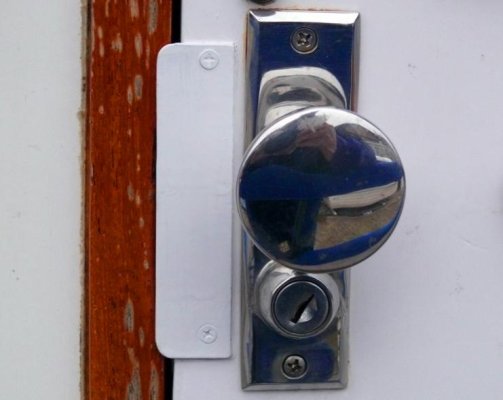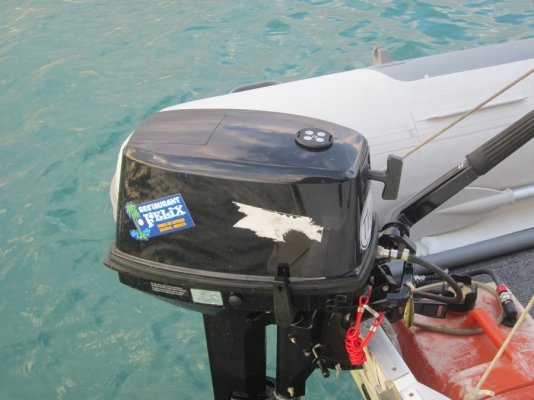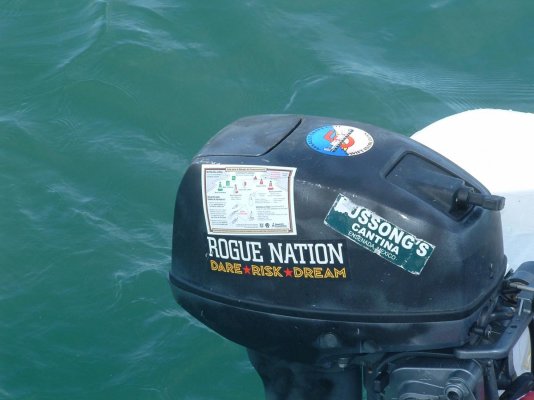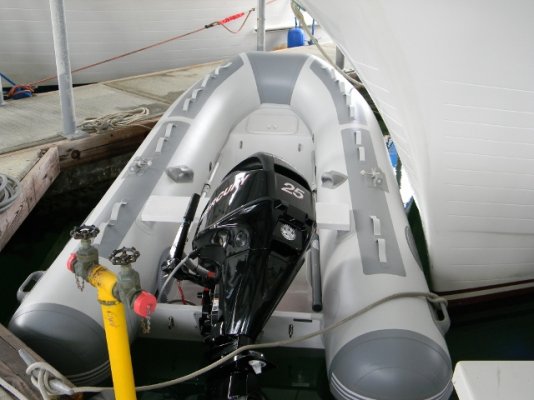boataholic
Member
- Joined
- Apr 22, 2013
- Messages
- 9
- Location
- Australia
- Vessel Name
- Sovereign Lady
- Vessel Make
- Hershine (Jefferson) 50
Does the collective wisdom have any ideas on how best to secure an RIB dinghy, with outboard motor bolted on, when left at a public wharf. My thoughts are that stainless wire is better than chain; that the restraint needs to be portable enough to be carried conveniently in the dinghy; and probably should also secure the outboard and, also, should not impede/inconvenience other users of the wharf. My only thoughts, so far, have revolved around a S/S wire secured to the motor (probably, via something like a wire bicycle lock) then threaded through various hand holds and finally through the towing ring at the base of the "stem". The connection to the shore would probably have to involve another bicycle lock. However, that all seems very messy and probably not really secure. Is there a better way?






